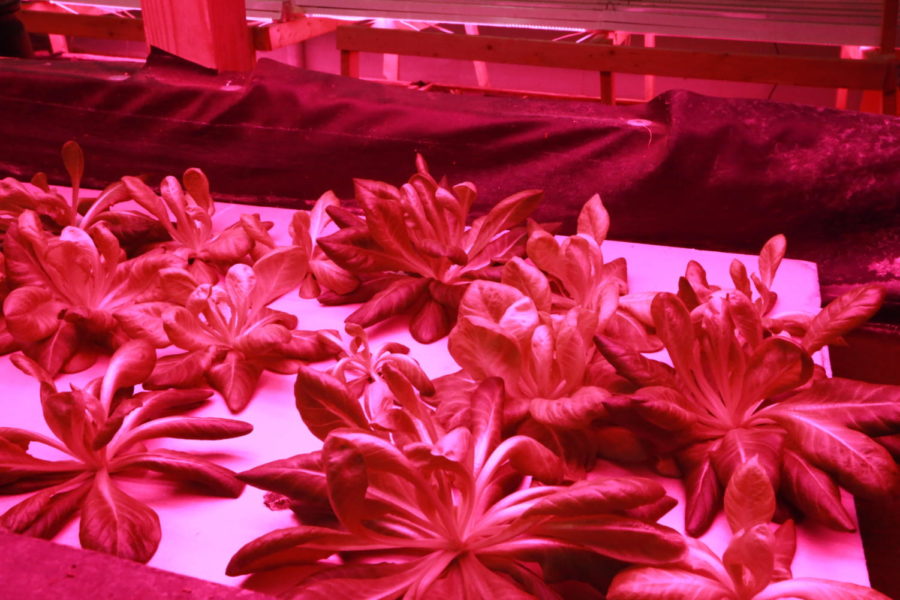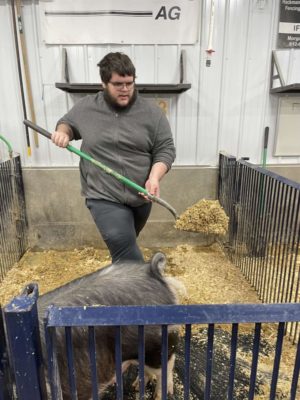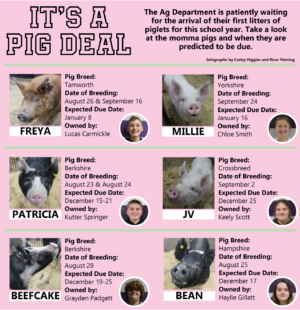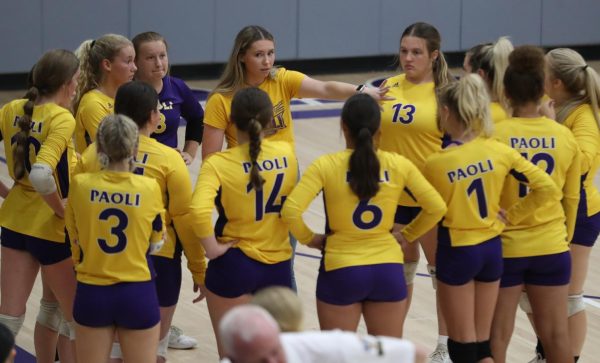Going Local for Lettuce
Lettuce grows under ultraviolet lights in the hydroponics system in the barn.
December 11, 2022
Towards the end of October, PHS students encountered a different type of lettuce on the lunch lines. This lettuce was planted, grown and harvested by the students in the Plant and Soil Science classes. In the Plant and Soil Science classes, students utilized the arc to grow the lettuce through hydroponic techniques. The arc is a three-tiered wooden structure where instead of soil, the plants gain their nutrients from the ones added to the water.
The classes are currently working on a production schedule. It takes five to six weeks to grow the lettuce as long as the nutrient levels and lighting requirements are met. Plant and Soil Science Teacher Kyle Woolston has helped his students produce lettuce for the school in prior years.
“The next batch of lettuce that students can expect on the serving lines will be in early December. We’re used as a supplement for what the school would normally order,” said Woolston.
All the profits raised go into a Farm-to-Table account. The money then goes back into the program for the use of buying seeds and materials. The amount of profit the program will be making this year is to be determined.
“We’re in negotiations at the moment. The quality of lettuce we were providing exceeded what the company was provided. We’ve been in negotiations with the company over pricing. Right now they are paying us the same price as the companies. It comes down to whether people are willing to pay more for higher quality,” said Woolston.
In previous years, any extra lettuce would be sold to the general public. Students can expect more types of locallygrown fresh produce on the lines in the near future.
“The lettuce was the starting point for our program because it’s an easier plant to grow and experiment with. We currently have spinach starts. We also plan on raising tomatoes and cucumbers. When talking about the tomatoes, we plan on introducing several different varieties to the program,” said Woolston.









![Paolite [Print Edition] Issue 6](https://phsmedianews.com/wp-content/uploads/2025/06/Screenshot-2025-05-12-192230.png)

